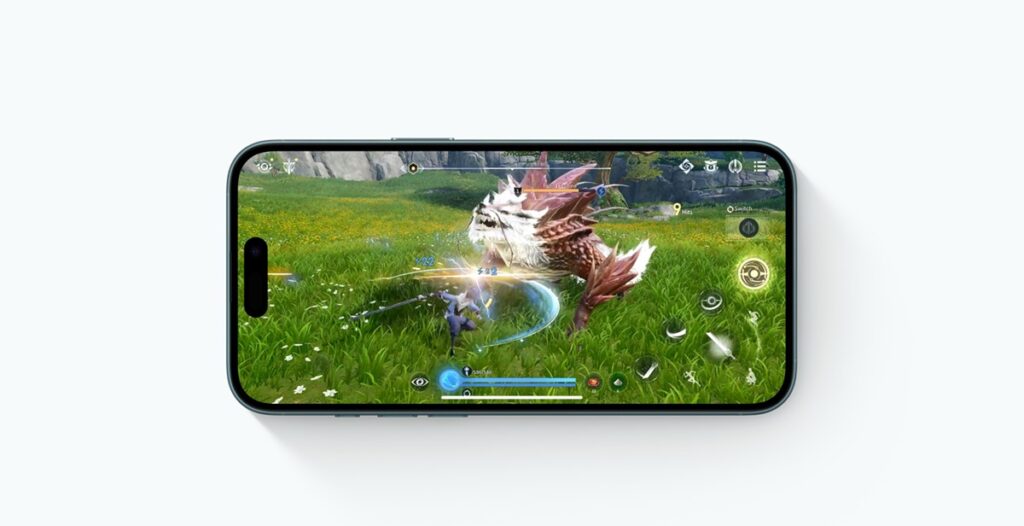The iPhone 16 Pro models have one of the best displays on a smartphone, and we have no plans to compromise on this technology. The company aims to use the same panel technology as the Apple Watch in future iPhones, which it says will improve power efficiency and improve performance. The Elec. This could result in lower power consumption than current panels and improve the iPhone’s battery life.
Apple ports Apple Watch Series 10’s LTPO3 display technology to iPhone, delivering improved performance and battery life
Last month, the company announced the new Apple Watch Series 10 with a major redesign. This wearable is slimmer than its predecessor and has a slightly larger display size. The company has named the OLED display used in Apple Watch Series 10, which is a step up from Apple Watch Series 9, “LTPO3.” For those who aren’t familiar, LTPO is a type of display that has a TFT panel with added oxide. Low-temperature polycrystalline silicon TFT reduces power consumption at low refresh rates.
In contrast, the iPhone currently uses the same LTPO2 display as the Apple Watch Series 9, which doesn’t have an oxide layer. Apple Watch’s LTPO3 display technology optimizes each pixel to be brighter, making your iPhone more power efficient. For reference, the Apple Watch Series 10 is 40% brighter than the Series 9 when looking at the display from off-axis. Other than this, when the device is in always-on mode, the refresh rate is faster as the iPhone can refresh once per second instead of once per minute.
Because the panel uses less power, your iPhone also has better battery life and viewing angles. Samsung is working to provide Apple with the LTPO3 panels needed for iPhones, but this new display won’t be available with next year’s iPhones. However, Apple is likely to equip all iPhone 17 models with LTPO2 displays, which means the standard model will also have a high refresh rate display with an always-on display.
It’s unclear when Apple will introduce LTPO3 displays for the iPhone, but past trends suggest the company will port the display technology from the Apple Watch to the iPhone. We’ll be keeping an eye on this issue, so stay tuned for more details.


